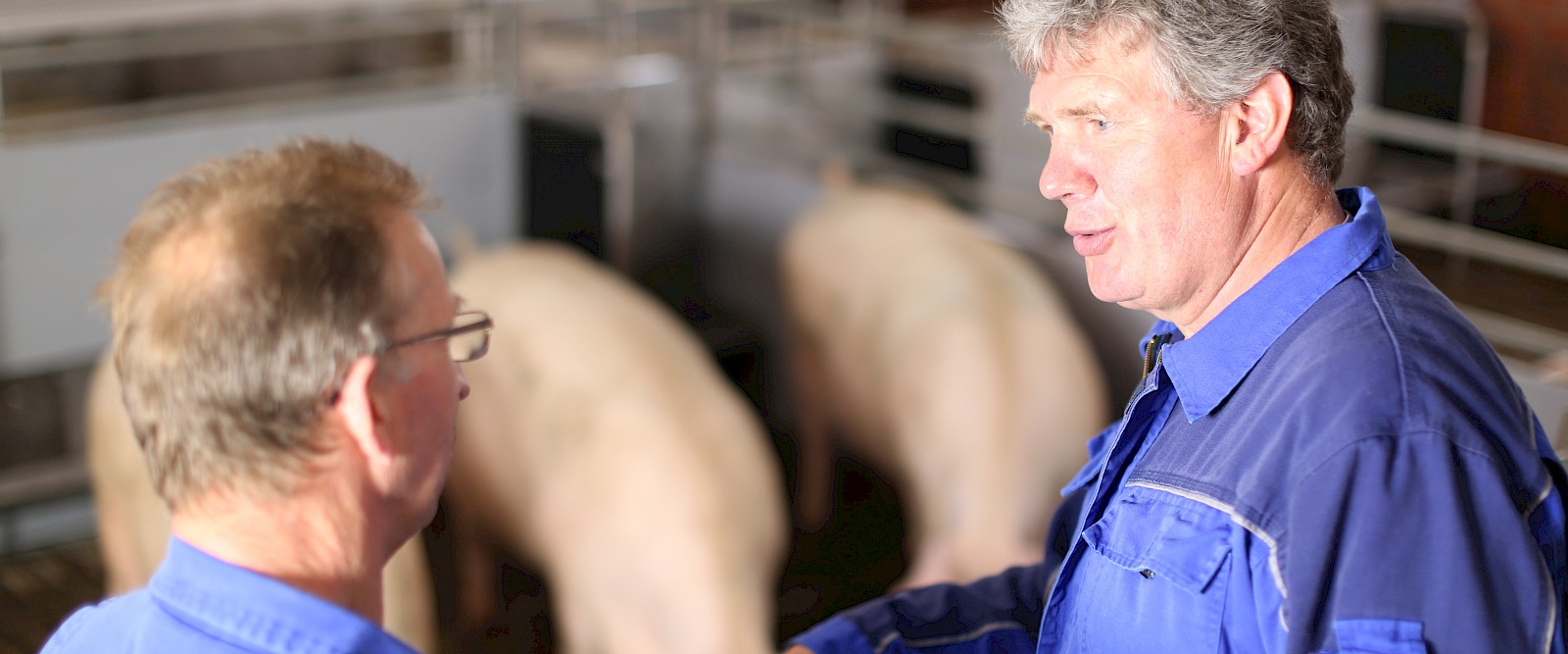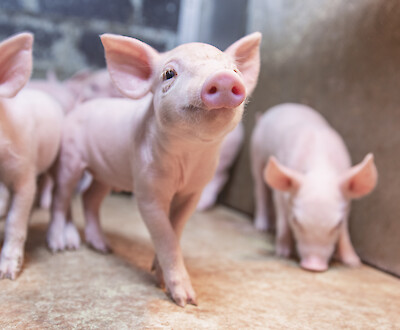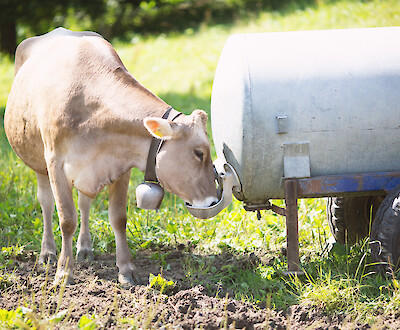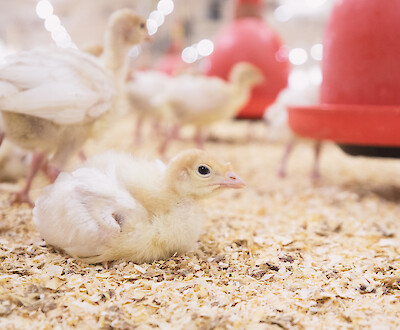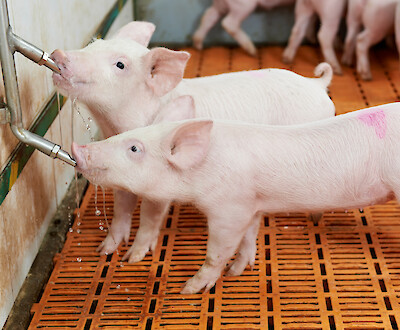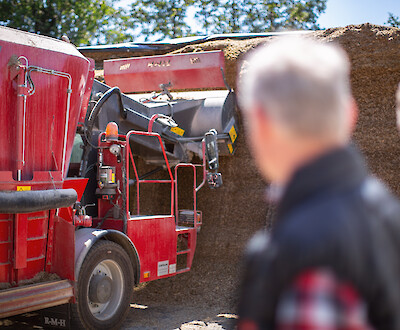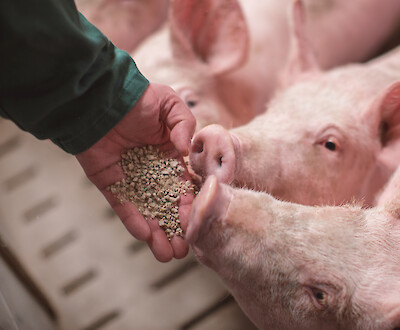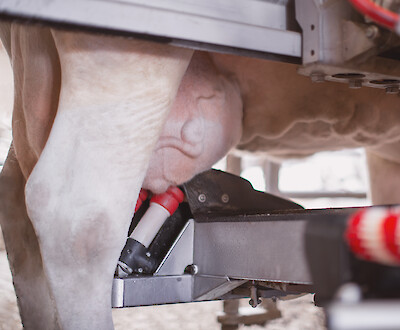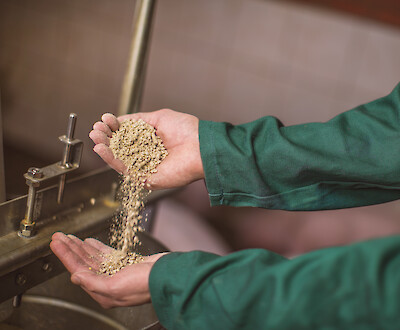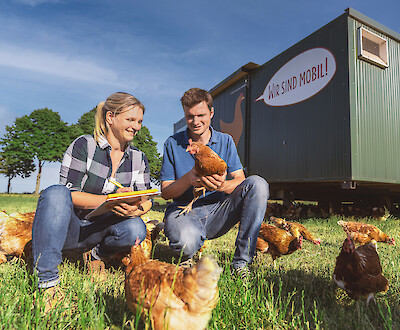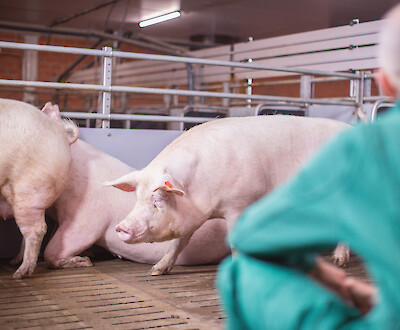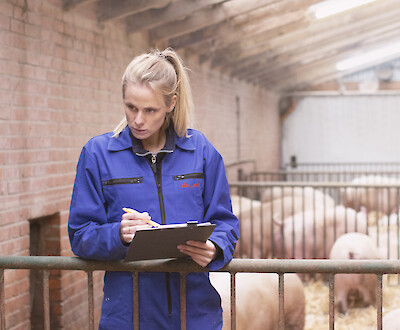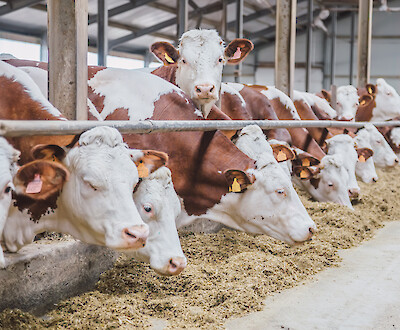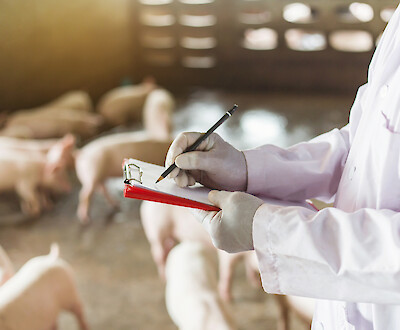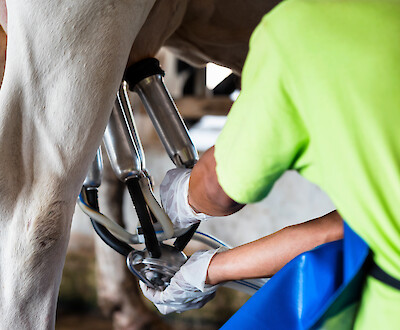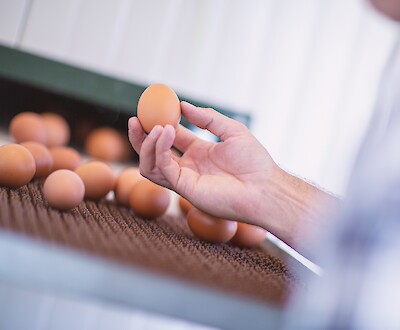Sow husbandry has developed steadily in recent years. Increasingly fertile genetics, coupled with constant improvements in herd management, have led to an immense increase in performance. However, tried and tested feed concepts are often unable to fully develop the animals' full potential. The requirements for modern high-performance feeds that satisfy the sows' needs and thus contribute equally to the welfare of sow and piglet are as diverse as they are high.
The primary goal in sow husbandry is also a difficult balancing act: weaning all piglets with as high a weight as possible. Studies show that a high weaning weight can improve the performance of the entire rearing process, but does not put too much strain on the sows' body reserves. To achieve this, however, it is important to maximise the sows' feed intake and thus improve the animals' milk yield.
![A high weaning weight can improve the performance of the entire litter [mod. after: Jones CK et al, Characterising growth and carcass composition differences in pigs with varying weaning weights and postweaning performance] (© Deutsche Tiernahrung Cremer).](/site/assets/files/94390/grafik_schwein_sauenfuetterung_1120-01.1000x0.jpg)
More milk and energy by increasing feed intake
An increase in feed intake can be achieved, for example, by accelerating digestion. The sow must not only absorb the feed quickly, but also digest it quickly. This can be achieved by adding amino acids that can be digested in the small intestine and at the same time reducing the crude protein content in the feed. A lower crude protein content, for example, has a positive effect on the acidification of the feed slurry in the stomach, which is associated with faster but at the same time more effective digestion.
One way of increasing the sow's milk yield is to add the free amino acid valine. Studies have shown that the addition of this essential amino acid has a positive influence on feed intake and thus increases milk yield.
Optimal faecal consistency and stress reduction facilitate the birth process
Feed that does not have an optimal fibre mix can unnecessarily complicate the sow's birth process. A precisely coordinated fibre concept with a custom-fit mix of soluble and insoluble fibre components offers many advantages here:
- Soluble and swellable components facilitate defecation. During birth, the birth canal can expand better, which makes the entire birth process easier for the sows.
- Insoluble components in the feed stimulate intestinal peristalsis. This protects the small intestine from being flooded with harmful pathogens (e.g. E. coli bacteria).
The importance of the feed change from gestation to lactation feed is often underestimated in practice and sometimes forms a neuralgic point. Digestive problems in sows that are sensitive to this can easily be avoided. Pig farmers should make sure that the composition of their gestation and lactation feeds is closely coordinated. This way, the change of feed is smoother and less stressful for the sows.
Increasing sow performance and welfare
Finally, a number of effective additives, proven in daily feeding practice, can help to further improve sow welfare and performance.
- For example, it may be useful to add medium-chain fatty acids, which have a preventive effect against gram-positive pathogens (e.g. streptococci or clostridia). This also offers indirect protection for the piglets, as it reduces the excretion of pathogens via the milk or faeces. A reduction of the infection pressure on the suckling piglets is the useful consequence.
- The reduction in stress has an impact on how smoothly the birth goes. Stress results in a high release of endogenously stored toxins and endotoxins released by germs. A high endotoxin load leads to inflammation in the organism, such as the MMA complex (mastitis-metritis-agalactia complex). The sensitive areas of the uterus and udder are particularly susceptible in sows in the period around birth. Endotoxin binders contained in the feed can eliminate these toxins from the body without any harmful effects. The result: maximum protection of the sow is guaranteed even in stressful situations.
The modern deuka Digest sow feeding concept
The digest concept is deuka's contribution to animal-friendly and performance-optimised sow feeding. With their low crude protein content, the valine supplement, the balanced fibre mix as well as the use of medium-chain fatty acids and stress-reducing endotoxin binders, the feeds of the digest concept meet all the requirements of a modern sow feed. The Gastrovital complex also contained in the feeds ensures increased efficiency and maximum protection. Supplied in this way, your sows develop their full potential, give more milk and give your suckling piglets an optimal start in life.
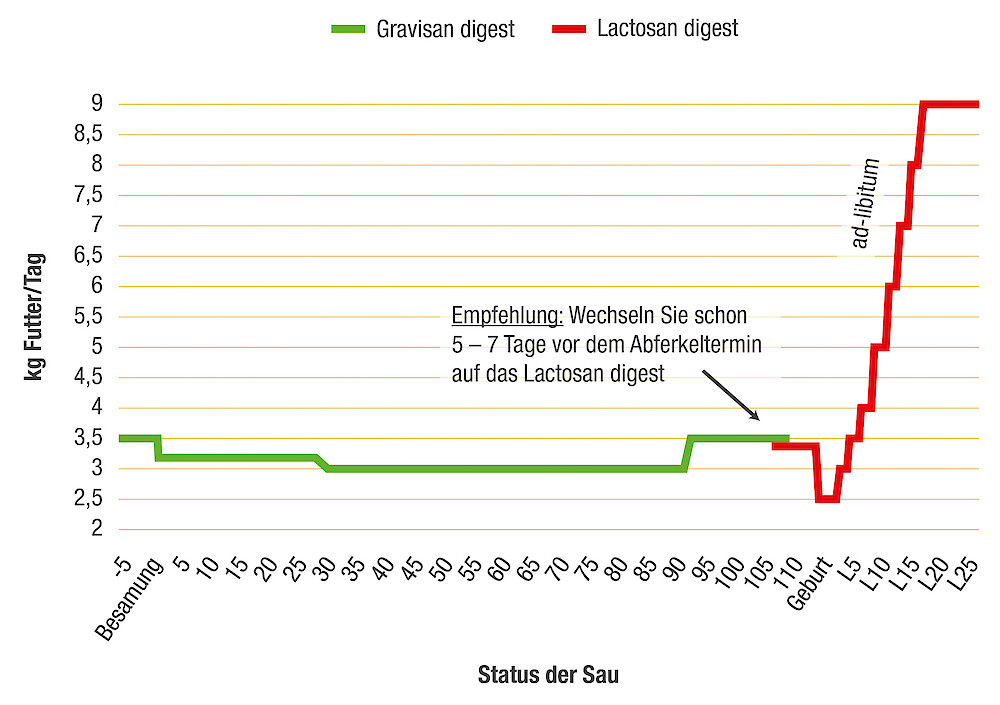
CONCLUSION
- Increasingly fertile genetics have led to an increase in performance in sow husbandry. However, tried and tested feed concepts are often unable to fully develop the animals' full potential.
- The aim of sow feeding is to wean all piglets with as much weight as possible, but at the same time not to put too much strain on the sows' body reserves.
- Feeding concepts should ideally include a valine supplement, a customised mix of soluble and insoluble fibre components as well as medium-chain fatty acids and endotoxin binders.
- In the new Digest sow feeding concept, all components combine to form a modern high-performance feed.
Literature on the contribution is available on request. Please send an email to the following address PM-Schwein@deutsche-tiernahrung.de
